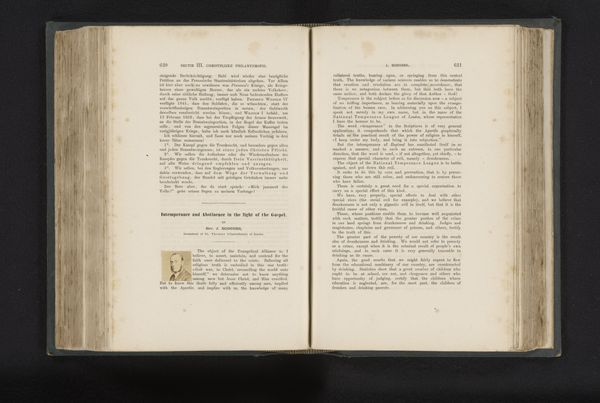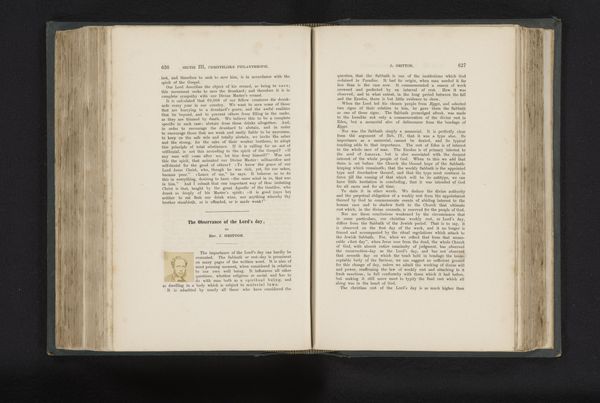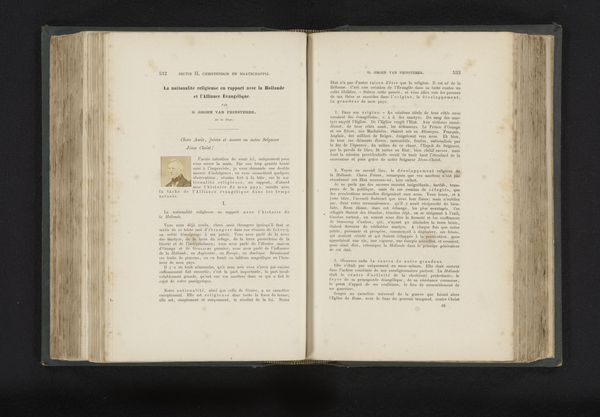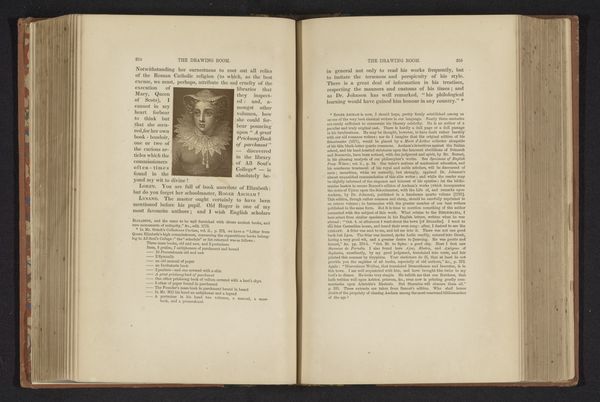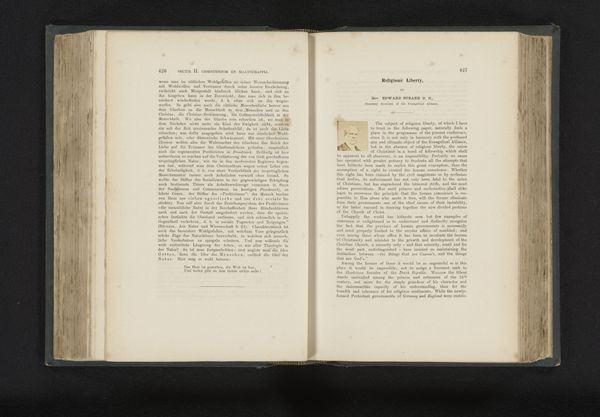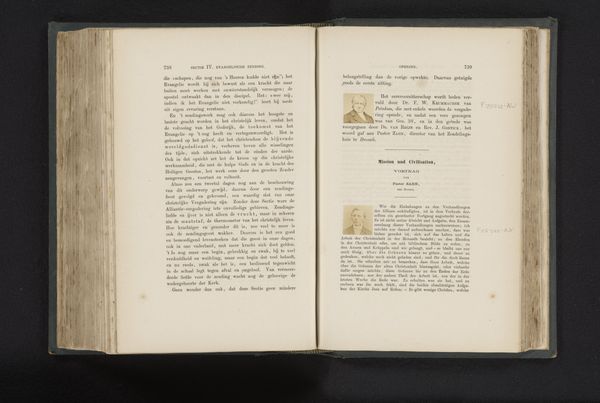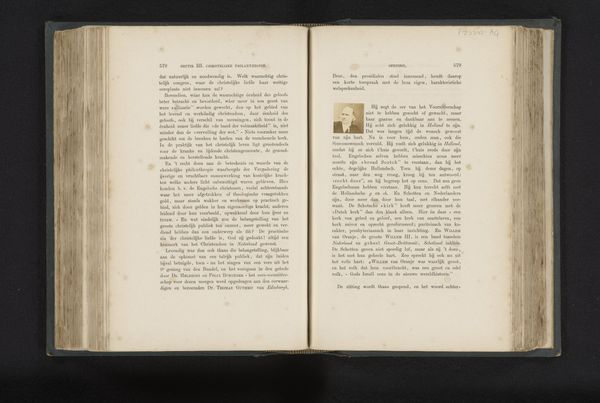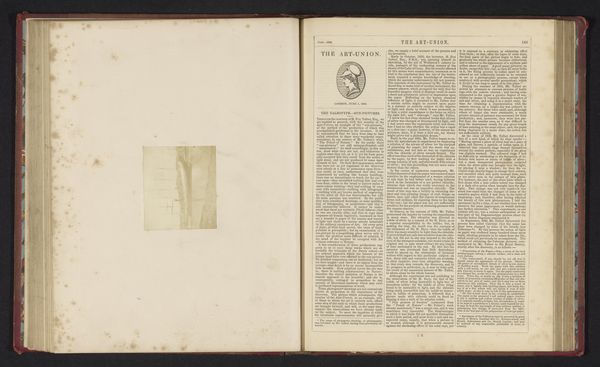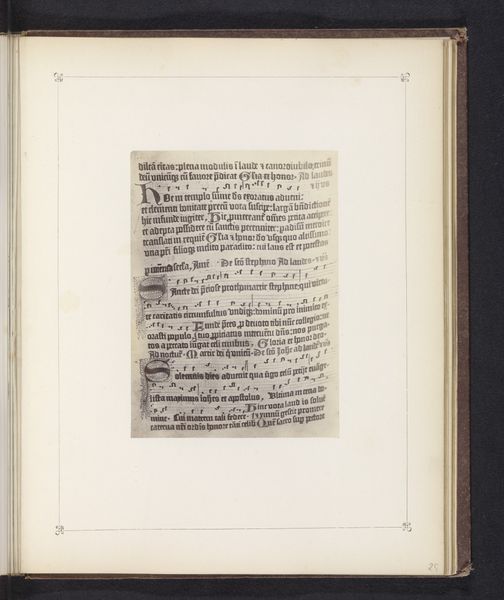
print, ink
# print
#
ink
#
ancient-mediterranean
Dimensions: height 121 mm, width 78 mm
Copyright: Rijks Museum: Open Domain
Curator: Editor: So, this is an image of a "Kleitablet met tweetalige inscriptie," or clay tablet with a bilingual inscription. It dates back to before 1876, and the image is a print with ink. It looks quite austere, a bit imposing, almost like looking at instructions for a ritual. How should we read this from your perspective? Curator: Well, consider the materiality. This isn't just an image, but a photograph, then a print, of a clay tablet. Think about the labour involved, from the extraction of the clay, to the inscription itself, and then the reproduction for wider consumption through print. What was the social context that made replicating this tablet through this print necessary and to whom was it meant to appeal? Was it about sharing knowledge, or something else? Editor: That’s interesting. It really shifts my focus from just seeing the script to thinking about all the people who handled it. I was initially only thinking about what the script said. Curator: Exactly. And how does the choice of print and ink change our understanding compared to viewing the original artifact? This mediated experience removes us from the tactile, three-dimensional object. We now have this information available for mass consumption via its re-materialisation in print. Does it flatten it, dilute its cultural significance, or democratise the text, perhaps? Editor: I guess it depends on the aim of making it in this format. Was it mass consumption that was sought? Or perhaps greater protection against damage of the original material? I hadn't thought of the choices about materiality being so significant in shaping our perception. Thanks, that really changed how I understand this piece. Curator: Indeed. Thinking about process reveals choices, and these choices reflect power dynamics, shaping meaning as much as the content of the script itself.
Comments
No comments
Be the first to comment and join the conversation on the ultimate creative platform.

